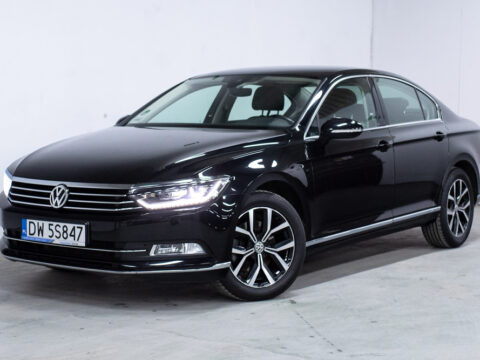Military innovation often walks a fine line between groundbreaking success and instructive failure. Defense engineers and designers regularly push the limits of technology, crafting vehicles intended to revolutionize the battlefield. However, the journey from the drawing board to deployment is fraught with challenges, and not every cutting-edge prototype proves practical in real-world scenarios. These instances highlight a critical aspect of military technology development: ambitious designs frequently face hurdles that may deem them more suitable for the prototype stage than actual combat.
Contents
M50 Ontos
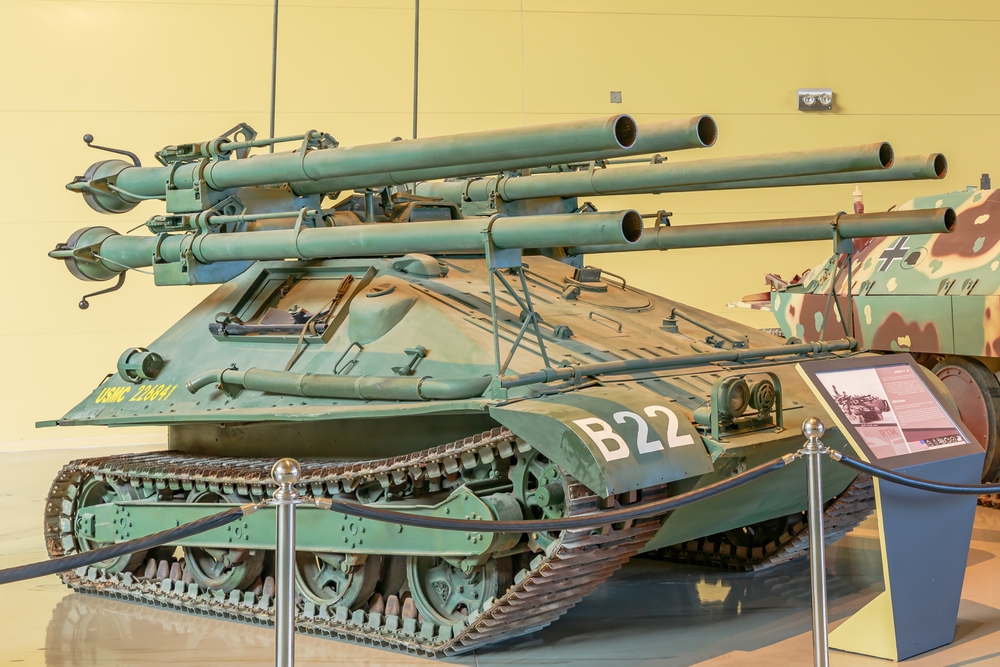
Originally designed as a tank destroyer for the U.S. Marines, the M50 Ontos was equipped with six 106mm recoilless rifles. While its firepower was impressive, its light armor made it vulnerable, and the complex reloading process for its rifles limited its practicality in combat. The Ontos showed that a focus on firepower without adequate protection and ease of use could limit a vehicle’s battlefield efficacy.
Convair XFY Pogo
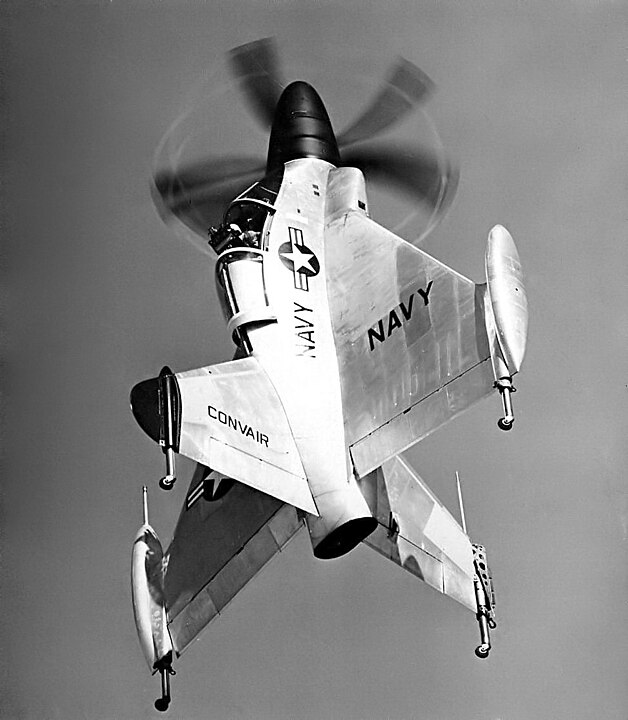
The Convair XFY Pogo was an experimental vertical takeoff and landing (VTOL) aircraft designed during the Cold War. Its unique tail-sitter design allowed it to land on small platforms, potentially transforming naval aviation. However, the Pogo proved difficult to pilot, especially in landing and transitioning from vertical to horizontal flight, demonstrating that radical innovation in aircraft design was sometimes more hazardous than practical.
B-58 Hustler
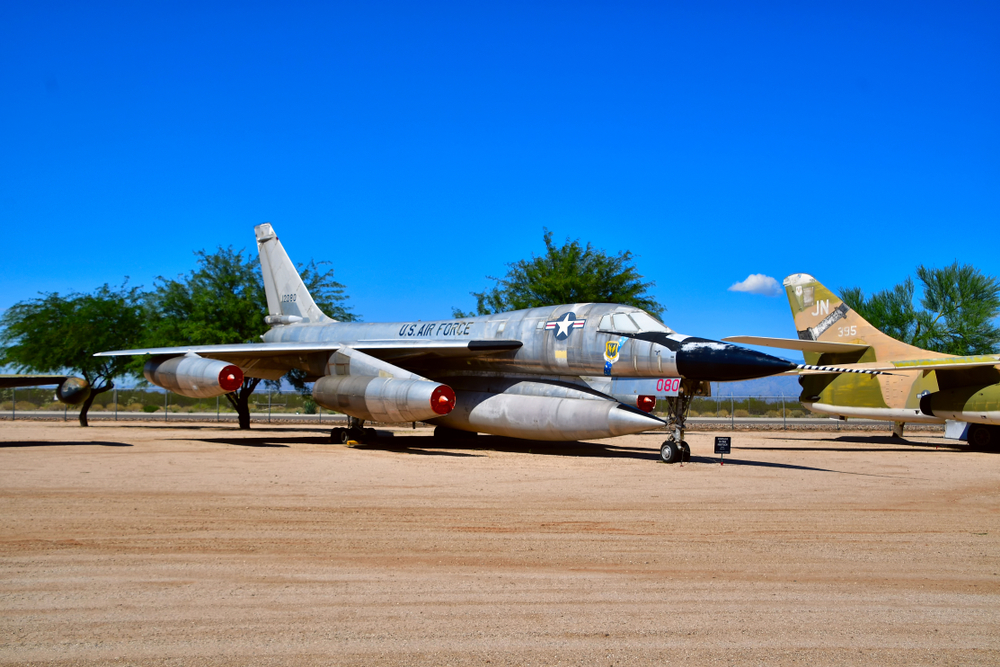
As the first operational supersonic bomber in the U.S. Air Force, the B-58 Hustler represented the cutting-edge technology of its time. However, its high maintenance costs, limited range, and crew survivability issues underlined the difficulties of integrating high-speed aircraft into strategic bombing roles, ultimately leading to its early retirement as more versatile platforms emerged.
Kugelpanzer

The Kugelpanzer, or “Ball Tank,” was a German prototype armored vehicle from World War II, characterized by its spherical shape and minimal armament. This odd design provided poor visibility and almost no offensive capability, making it an impractical choice for any combat role. Its development underscored the pitfalls of overemphasizing unique design elements at the expense of functionality.
B-47 Stratojet
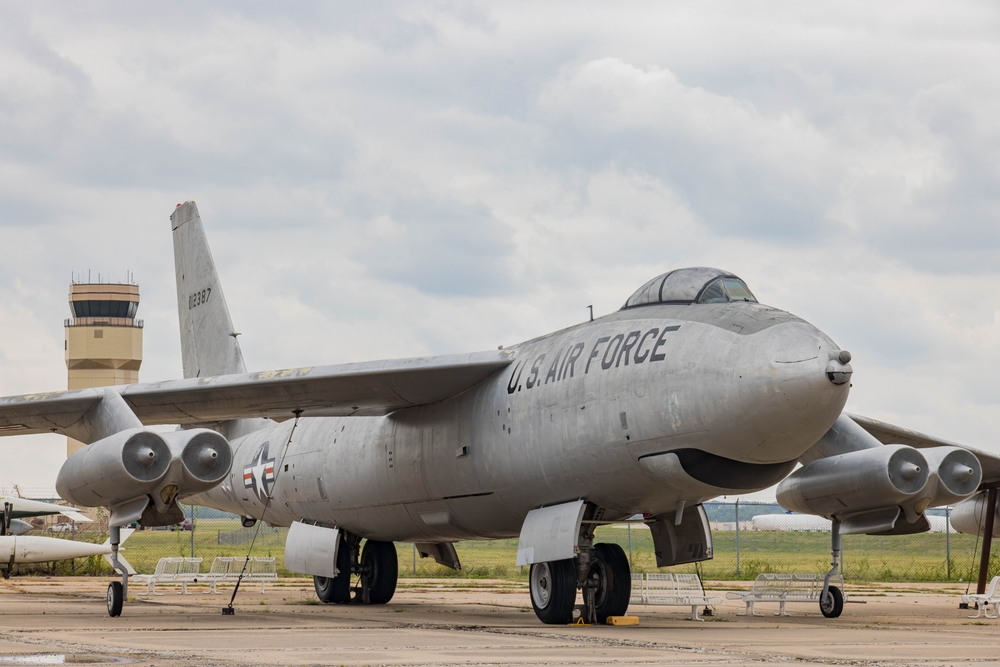
The Boeing B-47 Stratojet was a strategic bomber that introduced jet propulsion and swept wings to bomber design, influencing future aircraft. However, its light defensive armament and high landing speed made it vulnerable to enemy fighters and difficult to handle, respectively. These flaws highlighted the challenges of transitioning to jet-powered bombers in terms of training and operational deployment.
VZ-9 Avrocar
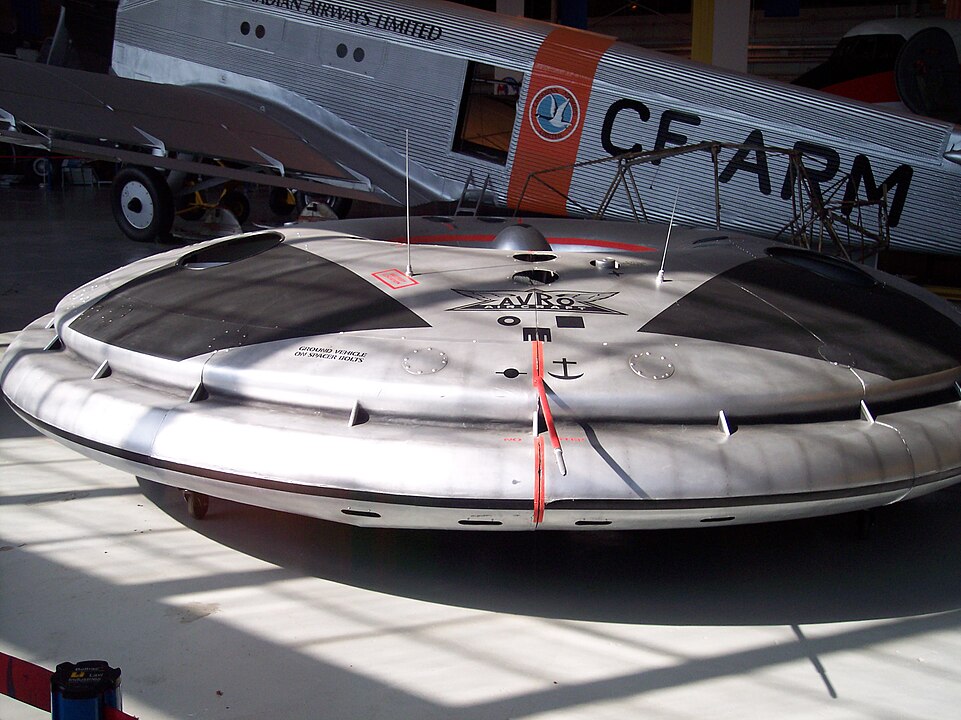
Developed as a part of a secret U.S. military project, the VZ-9 Avrocar aimed to exploit the possibilities of VTOL flight. However, its saucer shape led to unstable and uncontrollable flight characteristics, ultimately proving the concept unfeasible for practical military or any aviation use.
Boeing B-36 “Peace Maker”
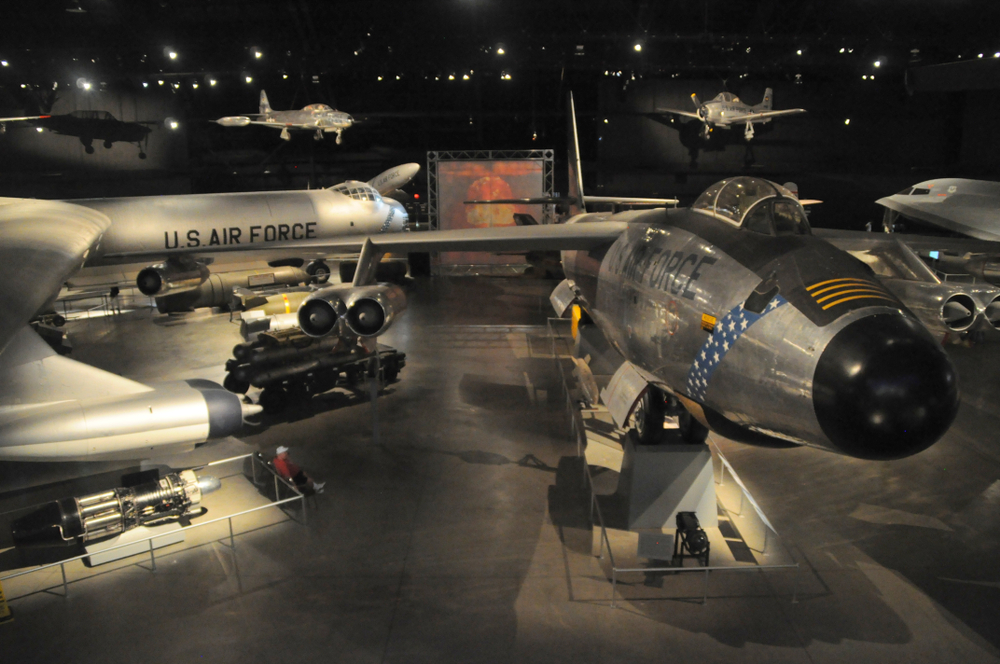
The Boeing B-36 “Peacemaker” was the largest piston-engined bomber ever built, intended to carry nuclear weapons over long distances. Despite its impressive payload and range, its slow speed and mechanical issues made it susceptible to newer jet fighters, underscoring the limitations of continuing piston engine technology in the age of jets.
Lockheed XFV Salmon
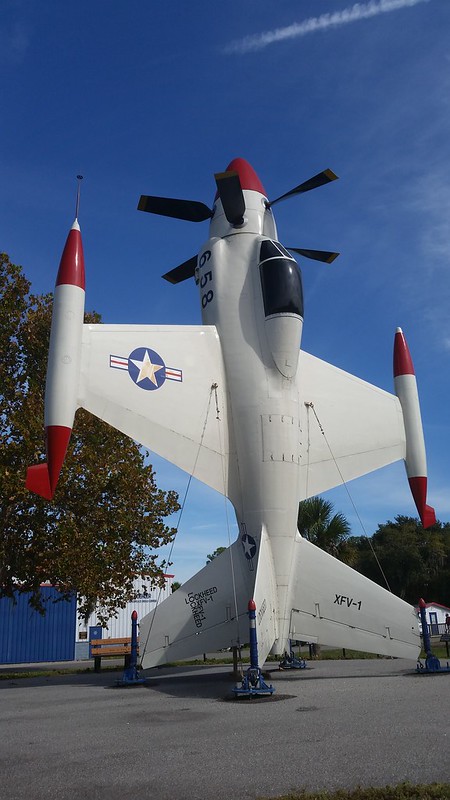
Similar to the Convair Pogo, this aircraft was another attempt at creating a VTOL fighter. The Lockheed XFV Salmon faced tremendous challenges in operational deployment due to its complex vertical takeoff and landing procedures, which required pilots to land on the tail, limiting its practical use and marking it as a misstep in VTOL development.
Northrop Tacit Blue
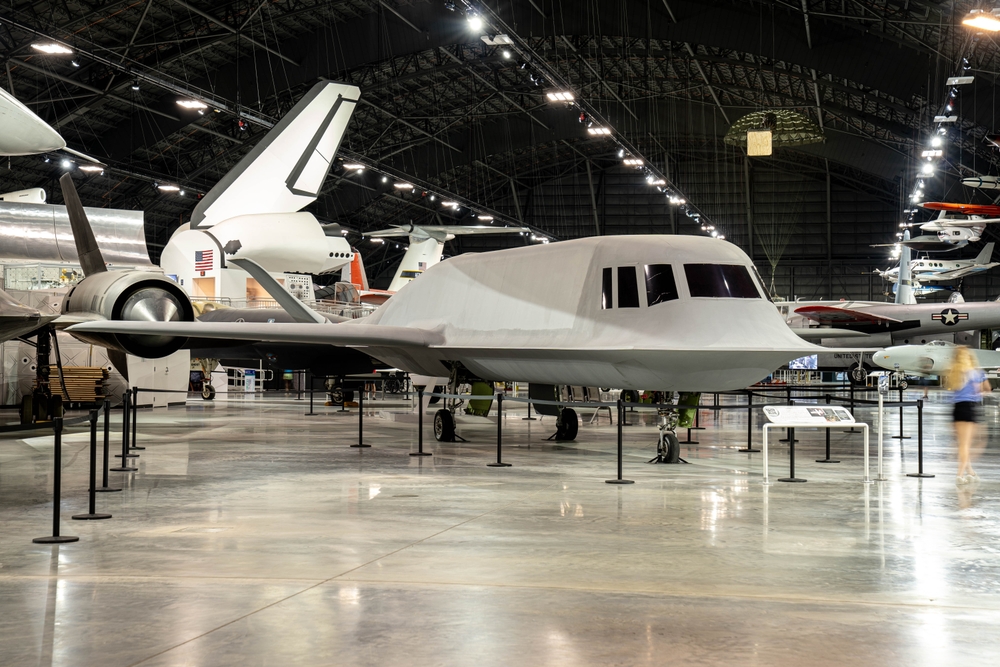
This stealth technology demonstrator was designed to test radar-evading features on a tactical scale. While successful in proving that stealth could be applied to smaller aircraft, the Tacit Blue was never meant for production, highlighting the gap between experimental technology and practical military applications.
MBT-70
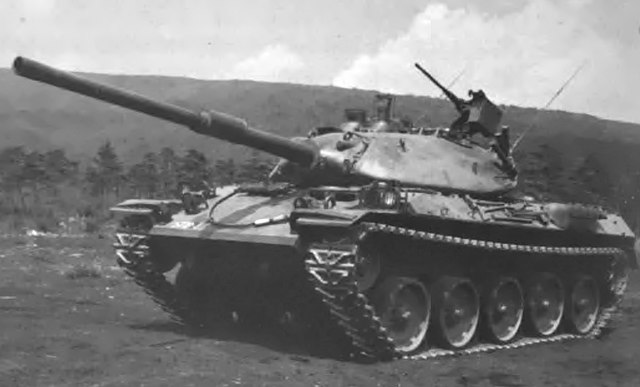
A joint German-American venture, the MBT-70 was an advanced main battle tank prototype featuring new technologies such as adjustable suspension and a mixed crew compartment. However, escalating costs and complex maintenance needs led to its cancellation, exemplifying the risks of over-engineering in military vehicle design.
This article originally appeared on MyCarMakesNoise.
More from MyCarMakesNoise
10 Fascinating Facts About High-Speed Bullet Trains

High-speed bullet trains have transformed the way we think about travel, offering an efficient, comfortable, and sustainable alternative to traditional transportation methods. Read More.
25 Iconic Cars From the 1950s You Shouldn’t Forget
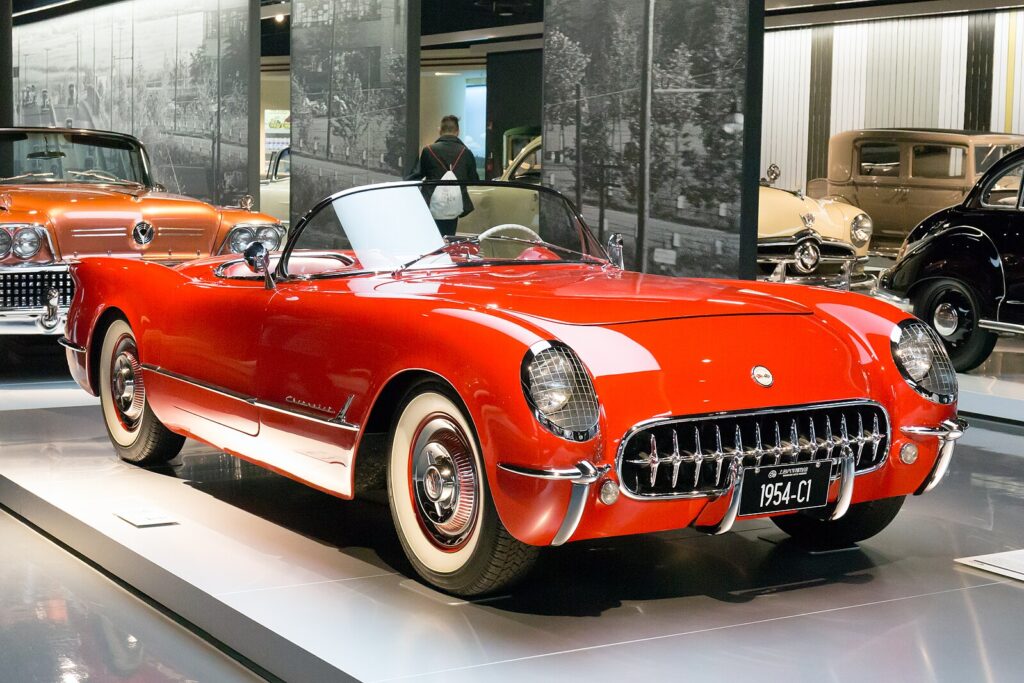
The 1950s was a golden era for automotive design, filled with iconic cars that captured the spirit of innovation and style. Many of these classics have been forgotten over time, but they deserve to be remembered. Read More.
15 Forgotten Electric Vehicles That Were Way Ahead of Their Time
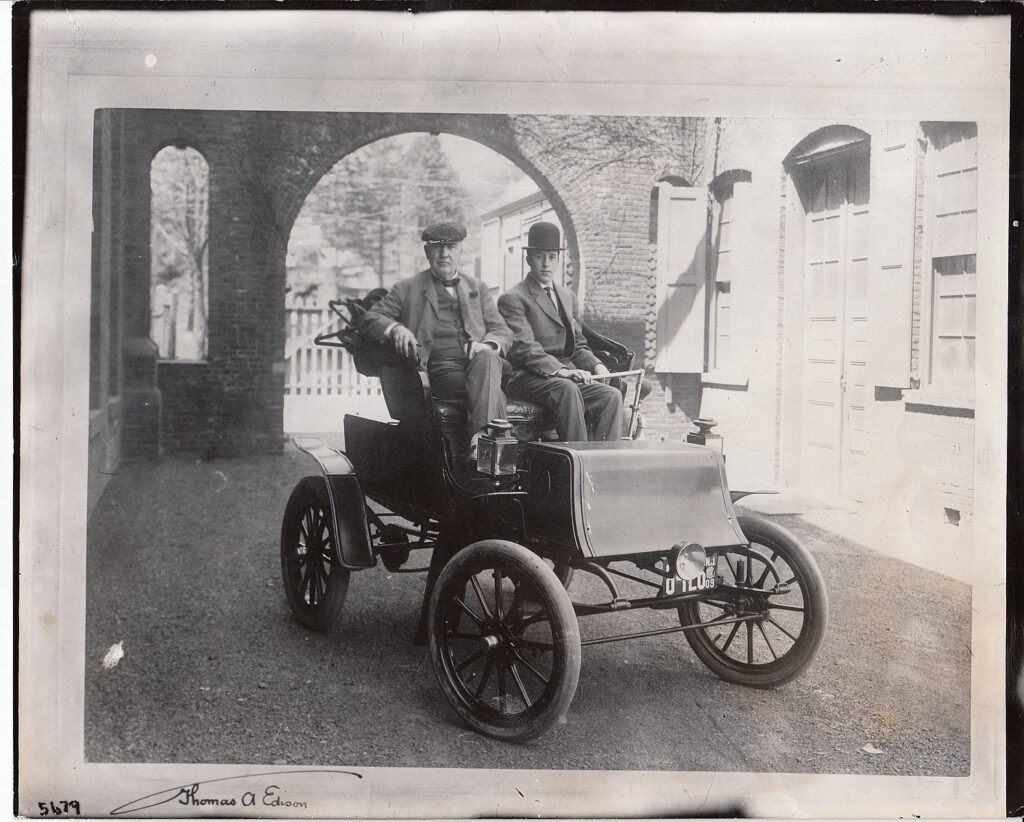
Electric vehicles might seem like a modern innovation, but they’ve been around for longer than you might think. In fact, some early electric vehicles were so advanced that they seemed almost futuristic for their time. Read More.

